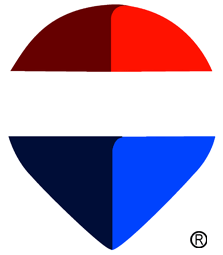Keep these seed bearing plants standing in your garden all winter long. The birds will thank you for the extra food source.
Don’t cut back these seed bearing plants
So you didn’t get around to cleaning out those flower beds this fall? Now you can justify it. Not only is it good for your plants, but it’s also a great food source for the birds. Keep in mind that you will need to remove any diseased plants, but leaving the seed bearing plants up actually increases the chance of the plants’ winter survival. And with snowy days and freezing nights, your feathered friends are looking for food just about anywhere they can get. They will appreciate the extra food the plants provide.

ALLIUM This is an easy perennial to grow. Different types bloom from late spring to fall.

BLACK-EYED SUSAN This is a favorite garden flower. Birds love it until all the seeds get picked clean.

BEE BALM Best known for bringing butterflies and hummingbirds to your garden. It’s relished by seedeaters later in the season.

COREOPSIS New varieties are now available in shades of pink, red and yellow. Great for dry areas.

SEDUM A sun loving perennial and continues to offer seed through winter.

BLANKET FLOWER A perennial offering long lasting color in summer and fall. Save the seeds to plant.

CONEFLOWER This native plant attracts attention from summer until the next spring. Plant in a sunny space and put off cleanup until the snow melts.

GOLDENROD This native plant grows abundantly in the wild. It’s the perfect natural food source for birds.

ASTER A popular cut flower, the aster brings an explosion of color at the end of the growing season.

SWITCHGRASS Switchgrass is a good choice for most landscapes. It is drought tolerate and prefers full sun, but will tolerate partial shade.




Leave a Reply